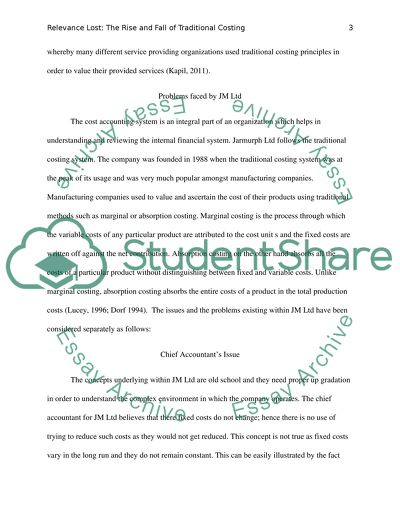Cite this document
(“Relevance Lost: The Rise and Fall of Traditional Costing Essay”, n.d.)
Retrieved from https://studentshare.org/finance-accounting/1394767-relevance-lost-the-rise-and-fall-of-traditional
Retrieved from https://studentshare.org/finance-accounting/1394767-relevance-lost-the-rise-and-fall-of-traditional
(Relevance Lost: The Rise and Fall of Traditional Costing Essay)
https://studentshare.org/finance-accounting/1394767-relevance-lost-the-rise-and-fall-of-traditional.
https://studentshare.org/finance-accounting/1394767-relevance-lost-the-rise-and-fall-of-traditional.
“Relevance Lost: The Rise and Fall of Traditional Costing Essay”, n.d. https://studentshare.org/finance-accounting/1394767-relevance-lost-the-rise-and-fall-of-traditional.


